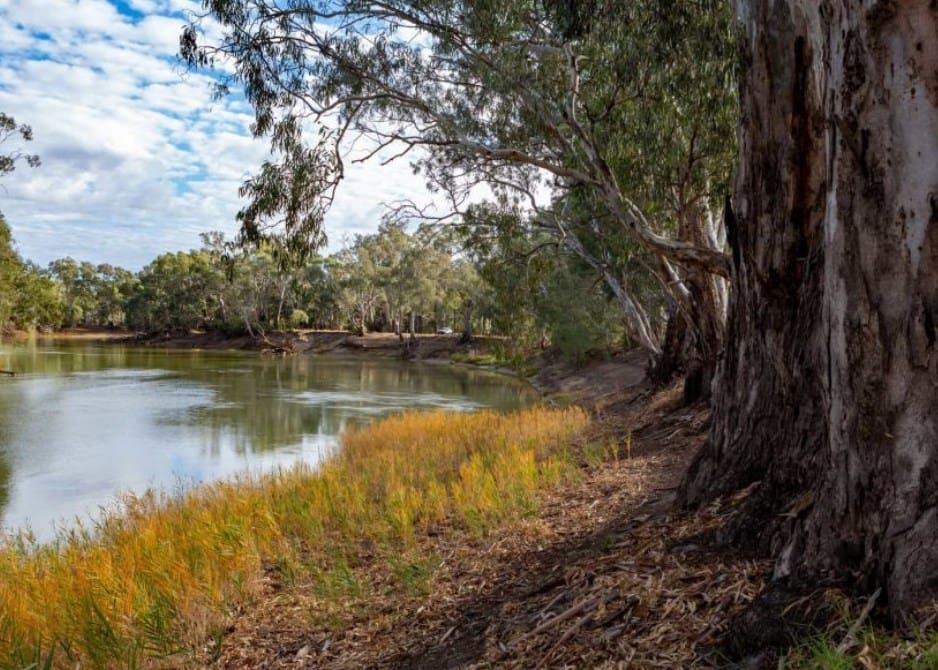
Growers are invited to take part in the Farming for the Future program. Photo: NFF
RESEARCH and change program, Farming for the Future, is calling on Australian farmers to join their research project aimed at building a business case for improving natural capital on agriculture landscapes.
Founded in 2021 by the Macdoch Foundation and supported by PwC Australia and Integrated Futures, the program is still in its early stages of collecting data and evaluating the best methods to manage natural capital.
In the agricultural industry, natural capital refers to soils, productive and native pastures, remnant native vegetation, water resources, riparian areas, forestry, environmental plantings and animals – native and others.
Farming for the Future research director Sue Ogilvy said the multi-year research program will enable farmers and their advisers to understand the relationships between the differences in natural capital and business and personal benefits.
She said quantifying the cost advantages of making improvements to natural capital as well as the wider societal benefits will create more of an incentive for farmers to adopt these management strategies.
Looking for ‘sweet spot’
She said the research would also determine that “sweet spot” between where these activities create the most financial benefits and when they begin to create added costs for the farming enterprise.
“We believe it is possible to work out how different levels of natural capital are associated with differences in farm businesses performance, and that this can be used to work out the sweet spot of where both farm business performance and natural capital are optimised,” Dr Ogilvy said.

Farming for the Future research director Sue Ogilvy
“In the initial phase, it will focus on extensive dryland crop and livestock production in New South Wales, Victoria, Tasmania and the agricultural zone of Western Australia.
“The project includes getting large-scale evidence of the relationships between natural capital and farm profitability in core production.
“It will use what it learns in the research to create a diagnostic tool that farmers and their advisers can use to decide whether individual farm businesses have a business case for investment in natural capital.
“In parallel with these initiatives, Farming for the Future will work hard so that the systems surrounding agriculture will provide the right sorts of incentives for investment in natural capital.
“We are presently inviting for expressions of interest from people who would like to be involved by registering their interest on our website.
“Participating farmers will receive natural capital accounts and reports for their farm.”
Limitations to current tools
Dr Ogilvy said this research will create a framework for natural capital accounting that can be verified and comparable across different industries and businesses.
“At the moment while the methods of measuring natural capital are emerging, they still require some work before we would be confident enough to use them in any kind of regulatory sense.
“Agriculture (by) nature is a very complex and very dynamic system with multiple feedback loops, where (we) can’t actually isolate individual causes of things that emerge in the landscape.
“Until we can be sure that we can isolate changes to natural capital from management actions, from changes to natural capital that are way beyond the farm managers’ control, we have to be very careful about trying to get to much micro-management involved.”
Farmers can start natural capital accounts
Dr Ogilvy urged farmers who were interested in natural capital accounting and who were outside the remit of the study to “crack on” and start their own report.
“A farm natural capital account would start with a very fancy farm map with all the paddocks, all the different types of environment, pastures, crops, trees, woodlands.”
She said this would extend to quantifying those areas and their condition.
“You would record that you are making an investment in your natural capital, like recording an association between reduced stock numbers to improved pasture condition.”
She said creating natural capital accounts would bring enormous benefits to farms and Australian agriculture.
“This is so important and it’s not that hard.
“We should crack on, but we should do it acknowledging very broadly that we are learning what the best way to do it is and we need to be agile and open to collaborate and cooperation as much as possible.”
NFF shows support
Applications open from March onwards, for a limited number of eligible farms, to obtain a complimentary farm assessment led and delivered by the Farming for the Future team.
Only 3 days per year (on-farm) are needed for data and participating in the program.
Starting this autumn, the program will cover about 150 farms.
The goal is to have assessed 1500 farms by 2025-26.

HAVE YOUR SAY